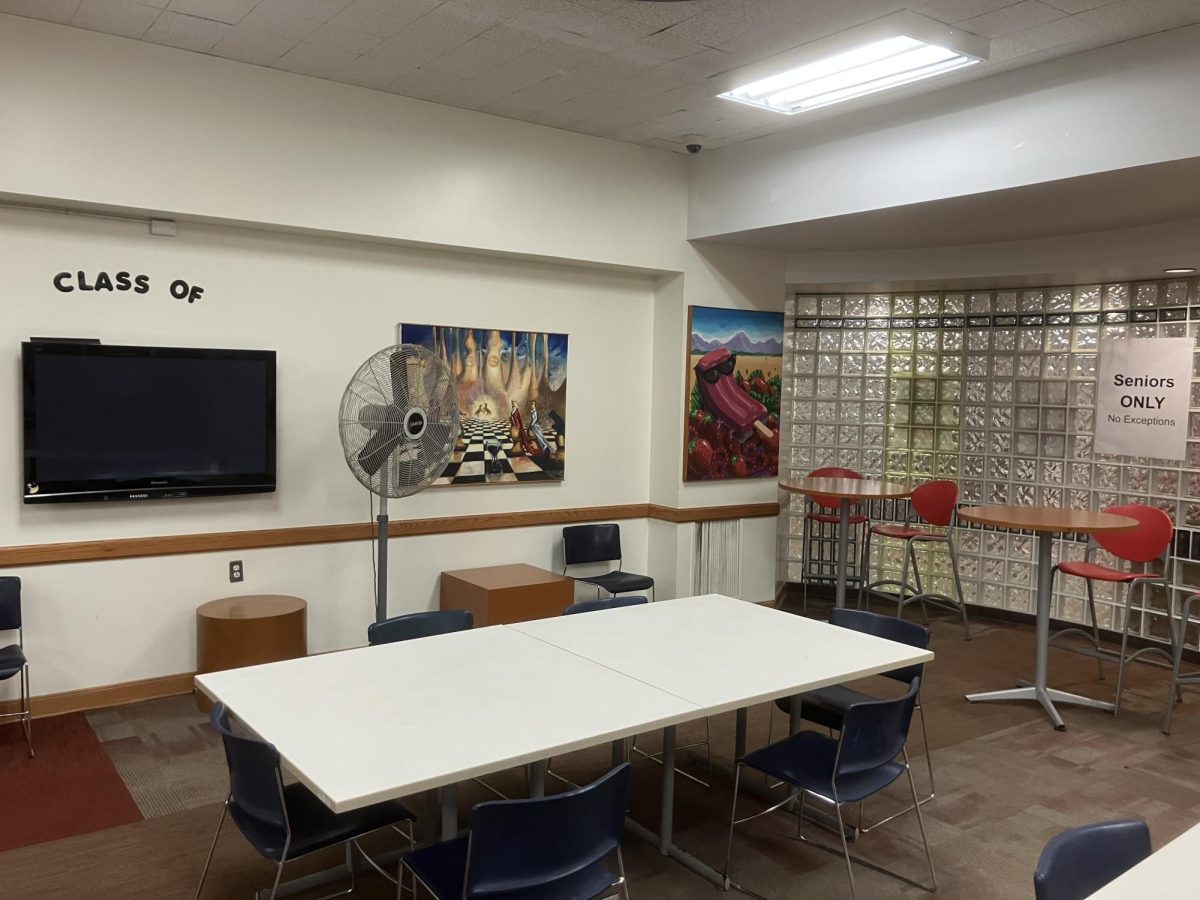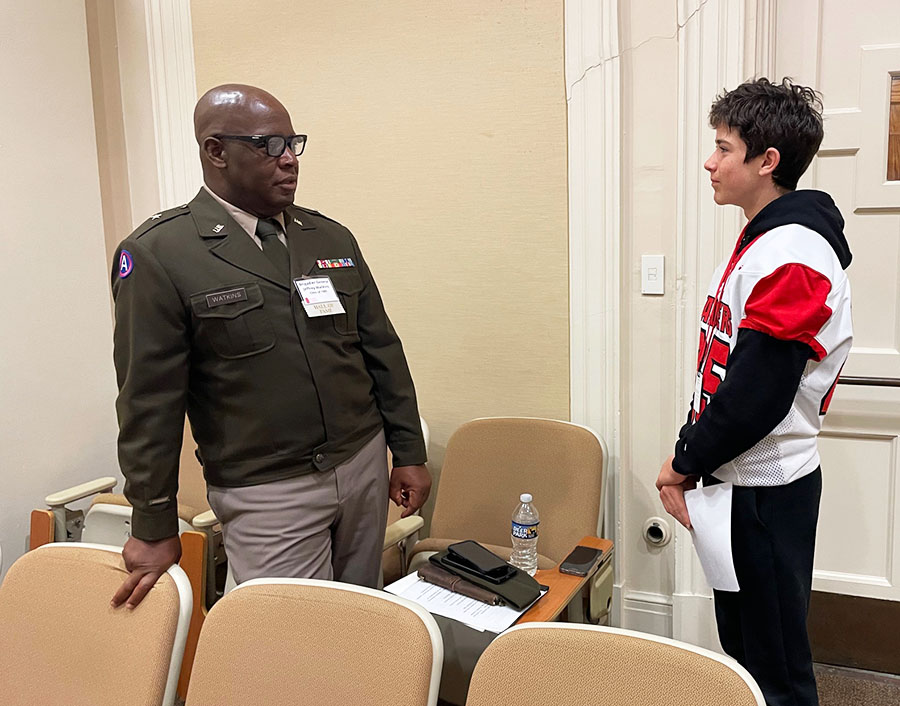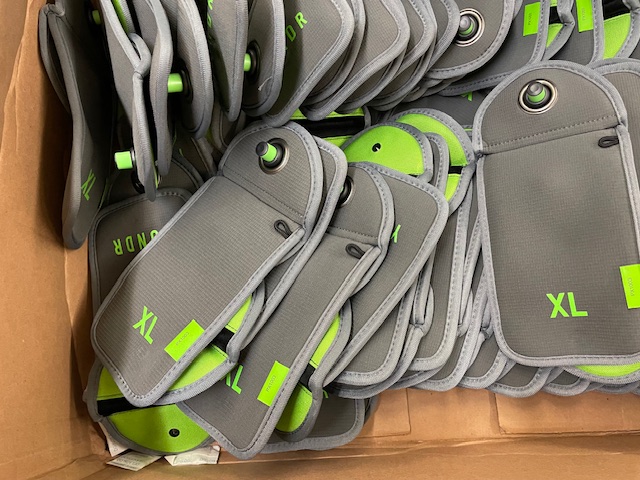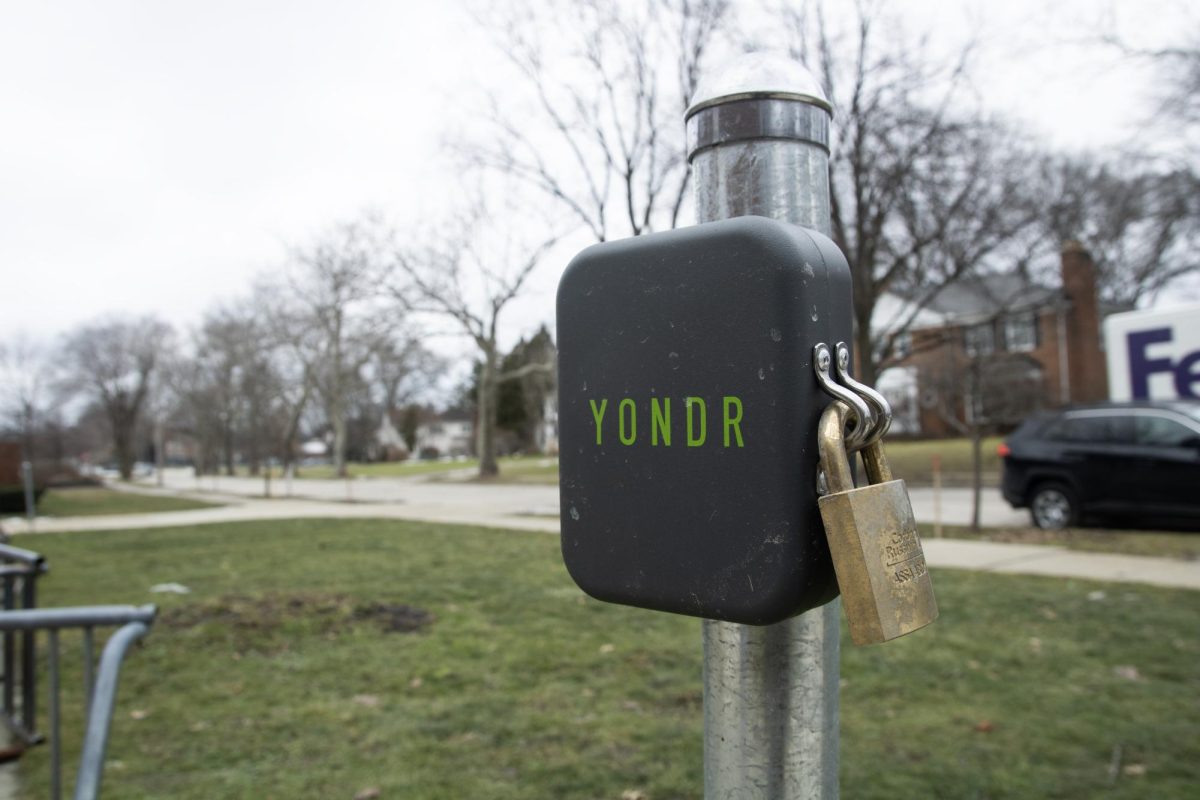Shaker Heights voters will determine the fate of most district school buildings Nov. 7 when they cast ballots for or against a 9.95-mill tax increase.
According to the ballot language, Issue 13 comprises a 6.45-mill bond issue to raise $121,190,000 for construction and improvement of facilities; a 0.5-mill, state-mandated permanent improvement levy for maintenance of buildings; and a 3-mill operating levy to help pay for an expanded pre-K program.
One mill is $1 per $1,000 of assessed property value, and only 35 percent of property valuation is taxed. For example, a resident owns a home valued by the county at $100,000; only 35 percent, or $35,000, of that home’s value is taxed.
If the issue passes, the full millage will not be collected all at once. In 2024, taxes would increase by $122 per $100,000 of property value — 3-mills for pre-K and 0.5-mills for the permanent improvement levy. There will be no increase in 2025, because although the first 1.5 of the 6.45 mill bond will begin, the existing 1.5-mill bond passed in 2004 ends. After that, the remaining 4.95 mills will take effect gradually, resulting in a $60 increase per $100,000 value in 2026, no increase in 2027 and a $57 increase in 2028. A final $57 increase will take effect in 2030, at which time the full millage will be in effect.
The district has been seeking community input on facilities solutions since 2016. Lora Cover, vice president of the Board of Education, said the issue should not be delayed. “We don’t have an option to wait. The state will give us a 37 percent match to do this work, and if we pass this, the 37 percent match will also include the high school when we get there,” Cover said. State money may no longer be available if the district delays further, she said.
Because they are contributing money to the project, the state requires the 0.5-mill permanent improvement levy to be on the ballot alongside the bond issue. The money would be used to maintain the newly renovated buildings.
The board also included funding for pre-K in the issue. “We’ve seen in other communities nearby, when they have separated these, people got really confused, and nothing passed,” Cover said. “It also is very connected, because Onaway right now has six classrooms that are pre-K. If we move pre-K, it changes what we can do at Onaway.”
The district website states that “The first segment includes renovating Ludlow to accommodate an expanded PreK program; renovating and expanding Woodbury as a Middle Years Building (Grades 6-8); renovating Boulevard, Lomond, Mercer and Onaway and converting them to include Grade 5; building an addition to Fernway to accommodate Grade 5. The second segment will be a future ballot issue and will address the High School.”
The Committee for Shaker Schools, which supports issue 13, states that it would cost $296 per $100K of property valuation. However, the Committee for Shaker’s Future, which opposes issue 13, stated it would cost $348 per $100K of property valuation.
The conflicting estimated costs occur because the Committee for Shaker Schools is using a net cost, accounting for the 1.5-mill bond from 2004, which will expire in 2025.
The 6.45-mill bond for construction and renovations will end after 37 years.
Helen Sheehan, treasurer of the Committee for Shaker’s Future, said the district’s plan asks for too much. “Our group believes that we can come up with a better plan that has prioritized needs, and the district can prioritize the needs according to each school and not ask the voters for a 9.95-mill increase in their taxes,” she said.
“With raising the taxes so high, it’s not just about the people that can’t afford to stay here anymore, that are on fixed incomes or already have high rentals. It’s about keeping people from moving in. Who’s going to be able to afford living in Shaker Heights?” Sheehan said.
“Shaker’s all about equity, and what really is troubling is that despite this plan that has been proposed to voters, we’re already the highest tax district in the state,” Sheehan said. According to a 2023 Cleveland.com article, Harrison Township, near Dayton, has the highest tax rate in the state; Shaker Heights has the fourth highest tax rate.
Sheehan also said there are concerns because students living in Moreland are bused to Mercer Elementary School, the furthest school from their homes, and the current plan does not address that.
When Moreland Elementary was closed in 1987, students from Moreland, who were predominantly Black, were bused to Mercer, a predominantly white school, in order to ensure that student populations were racially diverse. Mercer Elementary is 3.7 miles away from the former Moreland Elementary, now the Shaker Heights Public Library, making it the furthest school from the Moreland neighborhood.
Cover, who is also a member of the Committee for Shaker Schools, said changing busing is a topic that needs to be considered on its own. “For us to make these decisions, we need to really talk to the community,” she said. “We have very much disenfranchised certain voices within Shaker, and other voices we have very much amplified, so I am not interested in going into that conversation until we figure out a way to have real authentic conversations with the folks that are the most marginalized in the current busing plan.”
Senior Joe Brancato intends to vote for Issue 13. He said part of the city’s appeal is its strong financial support for its schools. “I think it will benefit our school district as a whole,” he said. “I think this will benefit the community as a whole.”






